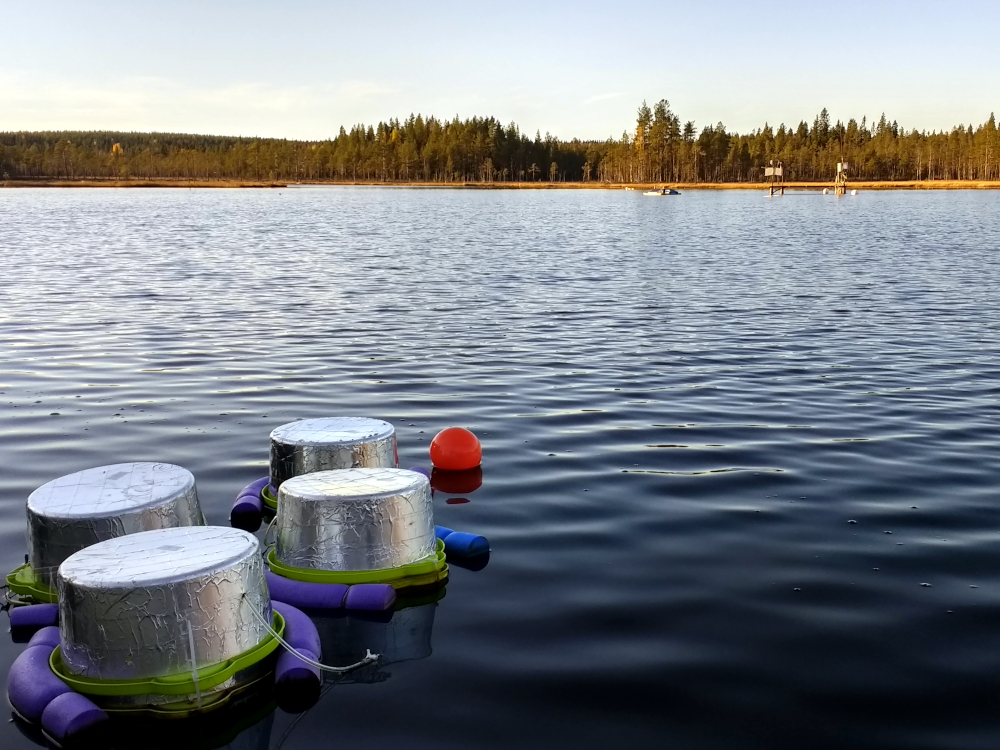
At Svartberget the summer season has not begun, but various calibration activities are about to start, which can be regarded as an early indication of spring. For example, carbon dioxide sensors will soon be prepared as part of the SITES Water lake greenhouse gas measurement program. It is not only about getting sensors and equipment in shape. The previous week Svartberget and Asa staff had a virtual technical workshop within the Unit for field-based forest research at SLU, which hosts the SITES stations in Svartberget and Asa. The workshop had several aims. First, to "calibrate" the station’s routines for field work and to share knowledge about them among the technical staff. Second, to share routines and knowledge on collected field data within the unit. Last but not least, it was an opportunity to coordinate all stations managed by the Unit for field-based forest research, i.e. the stations at Tönnersjöheden, Asa, Siljansfors and Svartberget.
During the workshop, there were discussions about new regulations regarding unmanned aerial vehicles (drones), the experiences of the Postex-system (used to determine the geographical position of e.g. trees), the Field-data-system software (used to collected data from instruments) and the Freedata-software for measurement of field trials. The collection of phenology data and the outcome and demand for it was also covered, as well as the databases administered by the Unit for field-based forest research (for example the field-trial database, Silvaboreal and the Safe deposit).
The workshop was much appreciated and will be followed by shorter meetings during the spring, focused on, for example, the outcome of the external environmental audit held in February, water sampling protocols and terrestrial laser scanning.
Text: Johan Westin.